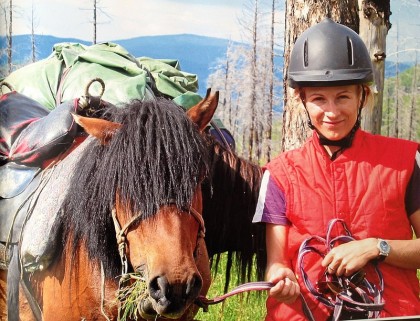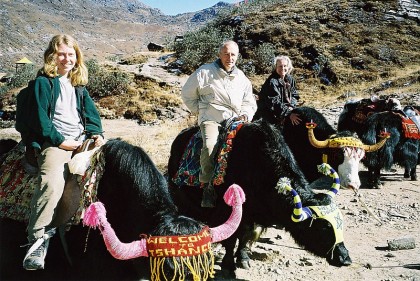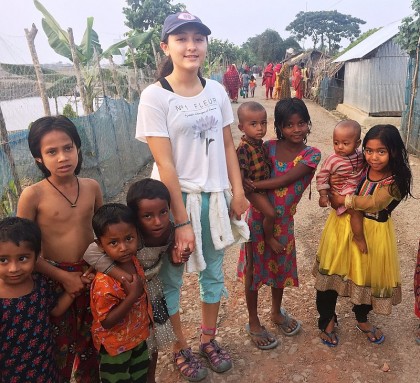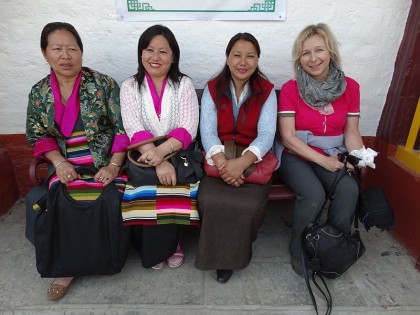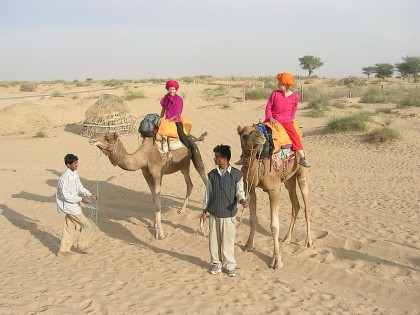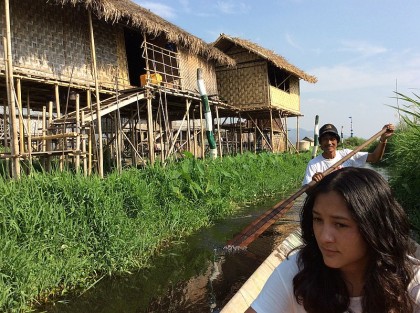
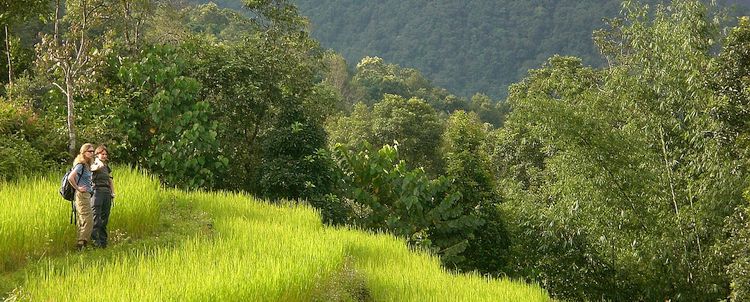
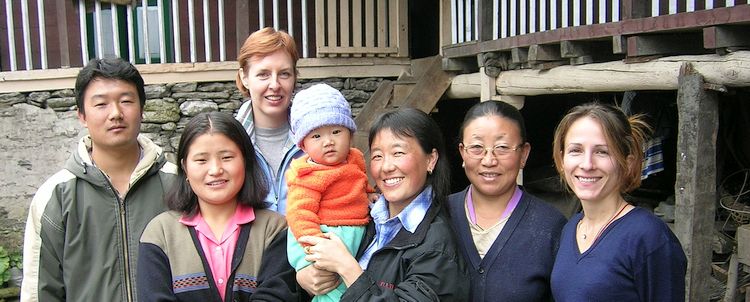
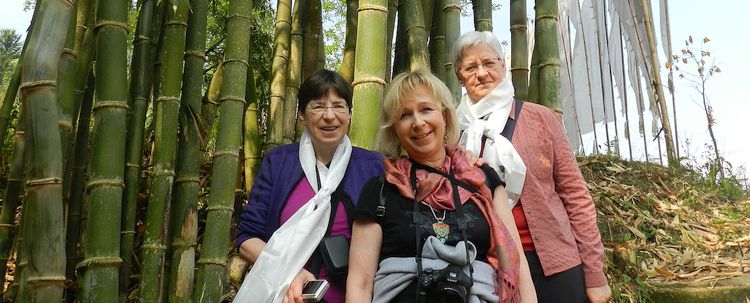
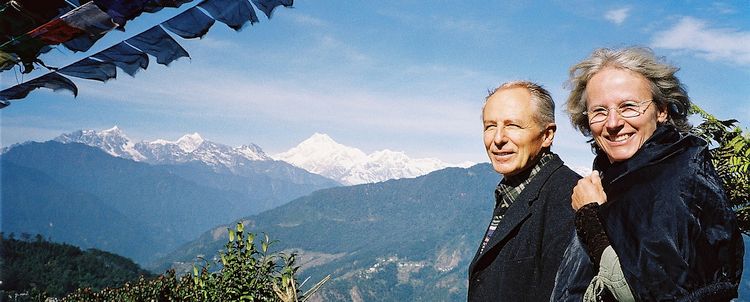
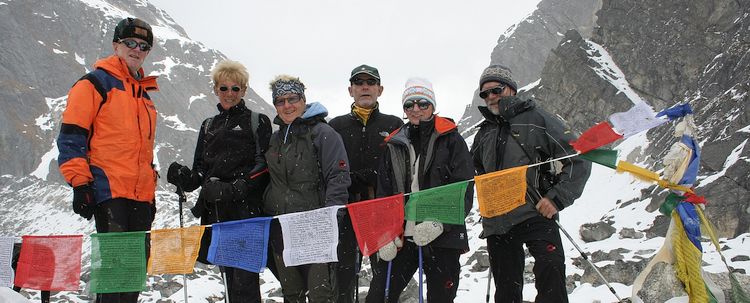
Pages Under this section
Nagaland Classical Cultural Journey
The mysterious stretch of land between Tibet and Burma, in India called the "Seven Sisters", is the wild Northeast of India, and was until 1995 "terra incognita". The area was isolated for a long time due to poor infrastructure, but also for political and strategic reasons, and therefore also a black spot on the tourist map. Only recently it has become possible to visit these interesting areas of northeastern India, albeit in small, "hand-picked" groups. The area is an ethnic patchwork: over 500 tribal communities with diverse traditions, languages, cultures, and a way of life at different levels of civilization settle here, all also from different ethnic backgrounds than the people in the rest of India.
Immerse yourself with us into this fascinating world of legends, myths and nature spirits. For our Nagaland-roundtrip you need pioneering spirit and empathy, even if you are traveling in comfortable cars. In the capital Kohima you are staying in a pretty, privately run lodge, otherwise mainly in very simple and rudimentary hotels and lodges. Whom the renunciation on comfort does not deter, will be rewarded with unforgettable encounters in an exceptionally original and diverse tribal world.
You will encounter several Naga tribes which live a very secluded life; Mon and Mokokchung in Nagaland are parts of India that are only very rarely being visited. The Konyak tribe is one of the most traditional tribes of Nagaland. Although their headhunter life is a thing of the past, the Konyaks are still maintaining their cultural heritage with their traditional way of life.
If you come to Nagaland in the first week of December, do round off your trip with a visit to the famous Hornbill festival. Here the full diversity of different tribes of Nagaland is being celebrated with dance, song, drum and traditional food.
Highlights
- Indulgence day in the tea garden
- Encounters with the Naga tribes Konyak (Anghs), Ao, Angami and Lotha
- Visiting remote Konyak villages and immersion in their culture & lifestyle
- Local, exotic markets
- Visit the village of cultural heritage
- Sights of Kohima, the capital of Nagaland
- Varied highlands and mountain landscapes with small villages and terraced fields
Travel Itinerary
Day 1 : Flight to Dibrugarh from Kolkata or Delhi.
Days 2 - 4 : Continue your trip to Mon, to the tribal community of the Konyaks (Anghs). We visit several remote villages (Langmean, Chui & Longwa) and get real insights into the lifestyle of the Konyak Nagas. There we reach among others the border between India and Myanmar (Burma).
Day 5 : Continue journey to the tribe of the Ao-Nagas in the district of Mokokchung.
Day 6 - 8 : Onward journey into the heartland of the Angami Nagas Visit the Lotha-village of Wokha, an Angami-village and the capital of Kohima.
Day 9 : Kohima - Dimapur. Connecting flight from Dimapur to Kolkata or Delhi
Best Travel Period
Nagaland you travel best from February to April or in November and December (in the first week of December the Hornbill festival will take place not far from Kohima). Attention: Accommodation in Nagaland is during the Hornbill festival in only very limited number available, and it is necessary to register at least three to four months in advance! For trekking trips the months of October to April are suitable.
Options
- Hornbill festival in the first week of December, + 3 - 4 days: The nowadays very popular Hornbill festival takes place not far from Kohima, and celebrates the traditional heritage of the 16 different Naga tribes of the State of Nagaland.
- Villages Hongphui & Wangla, + 1 day: Meet here the authentic tradition of the Konyak villagers, largely untouched by modernity.
- Tribe of the Sumi / Sema, + 2 - 3 days: Encounters with the tribal community of the Sumi. Visit of Sumi-villages with traditional folk dance performance.
- Various Naga tribal communities, + 5 days. Meet on this journey through remote areas the following tribes: Ao, Chang, Khiamniungan, Yimchungers, Sangtam, Sumi, Pochury, Chakhechang.
- Tribes of the Ao, Chang, and Khiamungang Yimchungers, Sangtam and Sumi, + 2 - 4 days: Visit to the Ao village of Ungma and the Chang-village of Tuensang.
- Aoling festival in the first week of April, + 2 - 4 days: The Aoling-festival is celebrated by the Konyak tribe in the Mon district, one of the most remote corners of northeastern India. The festival is regarded as New Year celebration, and will take place after sowing. The festival is accompanied by wild drum sounds, folk and war dance.
- Moatsu festival in the first week of May, + 2 - 4 days: During the Moatsu festival of the Ao-Nagas numerous traditional rituals are taking place.
- Sekrenyi festival end of February, + 2 - 4 days: This festival of the Angami tribe is characterized by various purification ceremonies.
- Trekking in the Dzukou Valley, + 3 - 4 days: This valley is particularly rich in biodiversity, and numerous flowers adorn the banks of the river during the summer months, such as Lillies, Ehphorbias and hundreds of species of wild flowers. In spring the rhododendrons bloom in the surrounding hills in a kaleidoscope of colors.
- Cycling trip Nagaland, approximately 8 days: For bicycle travel with pioneering character the district of Mon is suited. Guests have to bring their own cycles.
- Assam (Kaziranga National Park), Meghalaya, Arunachal Pradesh: A trip to Nagaland can also easily be connect with our Travel Modules "Assam", "Meghalaya" or "Arunachal Pradesh".

